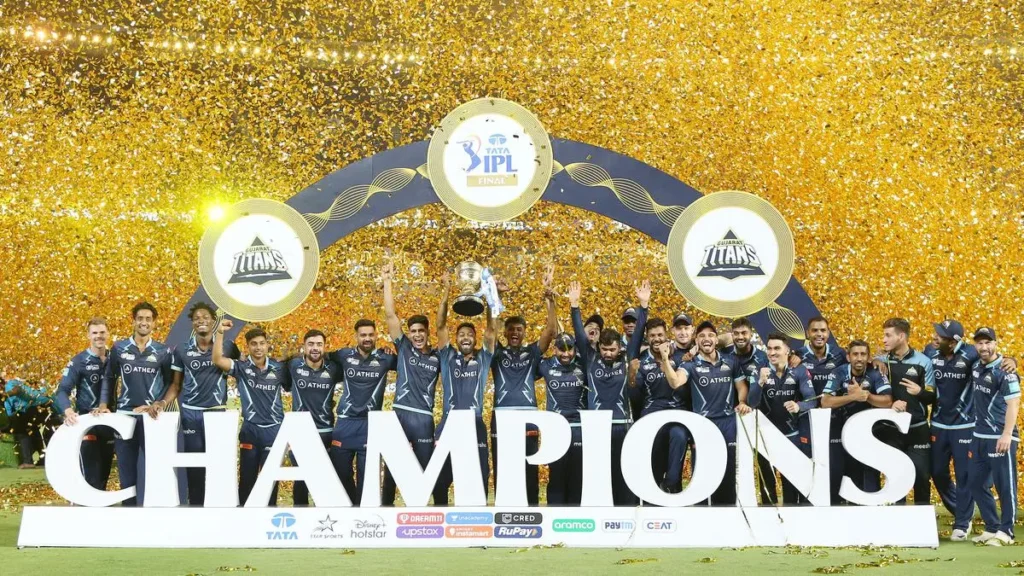Cricket is often known as the ‘Gentleman’s game’, and while an optimist may see that as an embodiment of the lofty set of ideals known as the ‘spirit of cricket’, one cannot look past the colonial connotations of the ‘Gentleman’s game’.
The inception of cricket as a symbol of modernity and civilisation, led to the isolated nature of the sport. Its global spread was impeded by the ICC(then Imperial Cricket Conference) limiting the sport only to commonwealth nations. This led to the ‘test status’ culture which still restricts newer cricket nations from playing test cricket, as test status can only be bestowed by the ICC.
Test Status
Cricket Nations have to be given access to test cricket by the ICC, the criteria of which has never been strictly laid out. There are no given number of matches or any ranking that a cricket nation has to reach in other formats rankings in order to be given ‘test status’. It is completely arbitrary upto the ICC and their own confidential qualification criteria.
This essentially furthers the concept of the ‘gentleman’s club’ culture of cricket, where Britain essentially got to decide who played the sport and who did not. They had the entire control of the sport, its narrative and its spread. This significantly slowed down the spread of cricket across the globe and even killed off existing cricketing cultures that were not sustained or supported by the ICC.
The spread of t20 cricket
While test cricket is still run almost like a gentleman’s club, the shortest format of the game employs a much more global approach to the game. While the ODI world cup has shortened the list of teams playing in the tournament, the t20 world cup has kept increasing the number of teams playing.
| Years | No. of teams |
| 2007-2012 | 12 |
| 2014-22 | 16 |
| 2024-present | 20 |
Italy was a country which always had cricket in their culture. World famous football clubs such as AC Milan was once known as the Milan Cricket and Football Club and Genoa CFC(which stands for Genoa Cricket and Football club), but cricket slowly lost its appeal. Today Italy, has once again reentered cricket, this time through the European qualifier for their first chance to play in a World Cup.
The 2024 T20 World cup saw Canada and Uganda playing a World Cup for the first time. The addition of teams, along with region based qualifiers have allowed the T20 World Cup to become the primary vehicle of spreading and growing the sport. The last T20 World Cup was hosted by the USA, a method of spreading the popularity of the Sport in the United States. With USA playing cricket quite regularly in the T20 World Cups and the inception of the MLC(Major League Cricket), Cricket had once again found a place in the culture of the United States.
Afghanistan, who first qualified for the 2010 T20 World Cup, made it to the semis in the 2024 edition exhibiting how a cricket nation can progress even through a short period of time. The dominance of the Big Three has led to inequality of revenue distribution when it comes to cricket. Nations like West Indies can’t afford to keep their talented players in the national system anymore, the recent retirement of Nicholas Pooran being a perfect example of that.
Nations such as Zimbabwe or Kenya who had once achieved success on the international circuit, have since missed out on ODI World Cups( with the number of teams being reduced). The financial inequality within the sport has led to such scenarios where cricketing nations of former glory have fallen out of success and are unsuccessful at breeding future talent.
Franchise leagues: A double edged sword

Franchise t20 cricket has been an equal exponent of democratising the sport. After the success of the IPL, franchise leagues overtook cricket and are now even enticing players away from the international circuit into full time franchise cricketers, playing for different teams across the globe.
The recent retirements of Heinrich Klaasen and Nicholas Pooran ahead of the t20 World Cup is a clear statement that these players would rather only play Franchise cricket rather than the international game. This mainly results from disagreements between players and their cricket boards. Most players only want to play ICC white ball tournaments along with Franchise cricket, while cricket boards look to play their valuable players in bilateral series which usually clashes with franchise leagues around the world.
Although Franchise cricket has enticed talented players away from the international circuit, it has also given players from less prominent teams such as Rashid Khan or Sikandar Raza blockbuster careers and varied success across the cricketing world. Franchise cricket has spread the game across the globe and helped attract players from smaller cricketing nations to the franchise cricket structure, which has in turn reinforced and boosted their national teams to the forefront.
Conclusion: A way forward
Italy’s success reminds us that even through the problems that plague cricket, nations can still knock down the door when given opportunities. The inefficiency of the ICC and unequal financial distribution with cricket restricts the sport and its spread. There is no central authority in global cricket which results in most of the problems that plague the sport and its spread.
The shortest format of the game has been far more successful at globalising and democratising the sport. While test cricket continues to be fenced behind an arbitrary set of barriers, t20 cricket captures the spirit of the game and allows it to flourish throughout the globe, both through associate cricket and franchise cricket.


[…] absence of two cricket giants, Virat Kohli and Rohit Sharma, from the ICC Men’s ODI Rankings left Indian Cricket fans stunned. Soon, both of these players were nowhere to be seen in the top […]